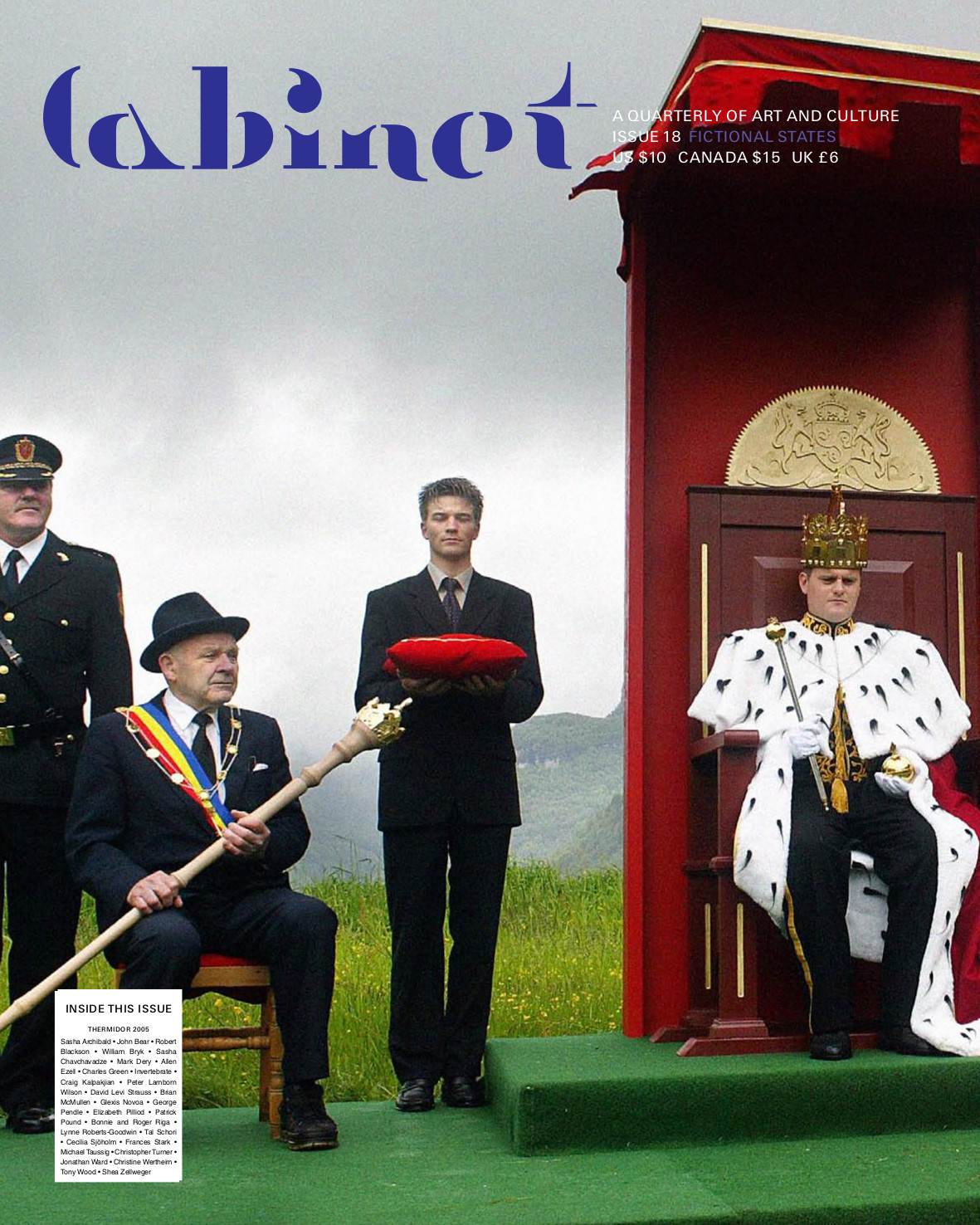Adam Kuper: Culture: The Anthropologists’ Account (2000)
Filed under book | Tags: · anthropology, culture, ethnography

Suddenly culture seems to explain everything, from civil wars to financial crises and divorce rates. But when we speak of culture, what, precisely, do we mean?
Adam Kuper pursues the concept of culture from the early twentieth century debates to its adoption by American social science under the tutelage of Talcott Parsons. What follows is the story of how the idea fared within American anthropology, the discipline that took on culture as its special subject. Here we see the influence of such prominent thinkers as Clifford Geertz, David Schneider, Marshall Sahlins, and their successors, who represent the mainstream of American cultural anthropology in the second half of the twentieth century–the leading tradition in world anthropology in our day. These anthropologists put the idea of culture to the ultimate test–in detailed, empirical ethnographic studies–and Kuper’s account shows how the results raise more questions than they answer about the possibilities and validity of cultural analysis.
Written with passion and wit, Culture clarifies a crucial chapter in recent intellectual history. Adam Kuper makes the case against cultural determinism and argues that political and economic forces, social institutions, and biological processes must take their place in any complete explanation of why people think and behave as they do.
Keywords and phrases
Clifford Geertz, David Schneider, MARSHALL SAHLINS, Lono, Indonesia, Makahiki, ethnographer, abangan, Balinese, Clyde Kluckhohn, Marxist, Talcott Parsons, cockfight, Robert Lowie, Yapese, Edward Sapir, sexual intercourse, Terence Turner, Norbert Elias, Ernest Gellner
Publisher Harvard University Press, 2000
ISBN 0674004175, 9780674004177
Length 299 pages
More info (publisher)
More info (google books)
Gary Krug: Communication, Technology and Cultural Change (2005)
Filed under book | Tags: · communication technology, culture, history of technology, technology

Communication and the history of technology have invariably been examined in terms of artefacts and people.
Gary Krug argues that communication technology must be studied as an integral part of culture and lived-experience.
Rather than stand in awe of the apparent explosion of new technologies, this book links key moments and developments in communication technology with the social conditions of their time. It traces the evolution of technology, culture, and the self as mutually dependent and influential.
This innovative approach will be welcomed by undergraduates and postgraduates needing to develop their understanding of the cultural effects of communication technology, and the history of key communication systems and techniques.
Keywords and phrases
mass media, memex, pornography, However, antinomianism, Plato, camera obscura, USA PATRIOT Act, calotype, internet addictive disorder, Vannevar Bush, Paul Virilio, Nerone, gnostic, Eric Voegelin, daguerreotype, pentimento, Total Information Awareness, BBFC, personal computer
Publisher SAGE, 2005
ISBN 0761972013, 9780761972013
241 pages
PDF (updated on 2013-6-5)
Comments (2)Cabinet (2000–)
Filed under magazine | Tags: · animal, art, chance, culture, design, dust, electricity, evil, friendship, history, language, literature, magic, mapping, nature, property, science, underground, weather


“Cabinet is a quarterly, Brooklyn, New York-based, non-profit art & culture periodical launched in 2000. Cabinet also operates an event and exhibition space in Brooklyn.
Cabinet is an award-winning quarterly magazine of art and culture that confounds expectations of what is typically meant by the words “art,” “culture,” and sometimes even “magazine.” Like the 17th-century cabinet of curiosities to which its name alludes, Cabinet is as interested in the margins of culture as its center. Presenting wide-ranging, multi-disciplinary content in each issue through the varied formats of regular columns, essays, interviews, and special artist projects, Cabinet‘s hybrid sensibility merges the popular appeal of an arts periodical, the visually engaging style of a design magazine, and the in-depth exploration of a scholarly journal. Playful and serious, exuberant and committed, Cabinet‘s omnivorous appetite for understanding the world makes each of its issues a valuable sourcebook of ideas for a wide range of readers, from artists and designers to scientists and historians. In an age of increasing specialization, Cabinet looks to previous models of the well-rounded thinker to forge a new type of magazine for the intellectually curious reader of the future.”
Cabinet is a non-profit organization. Consider supporting it by subscribing to the magazine, buying a limited edition artwork, or making a tax-deductible donation.
HTML (sold-out issues as HTML articles; click on the covers; updated on 2013-10-10; the download links were removed)
Comments (6)
